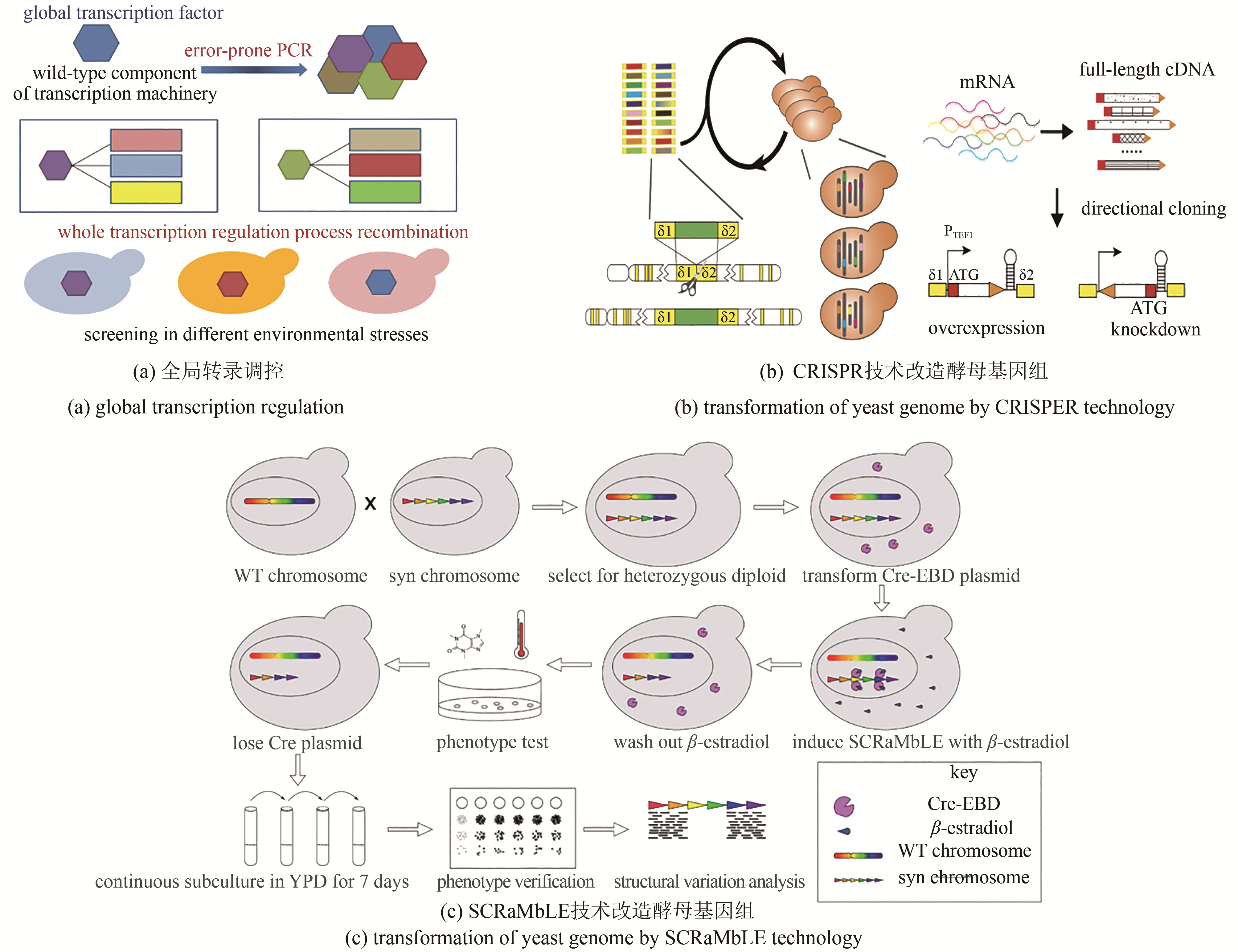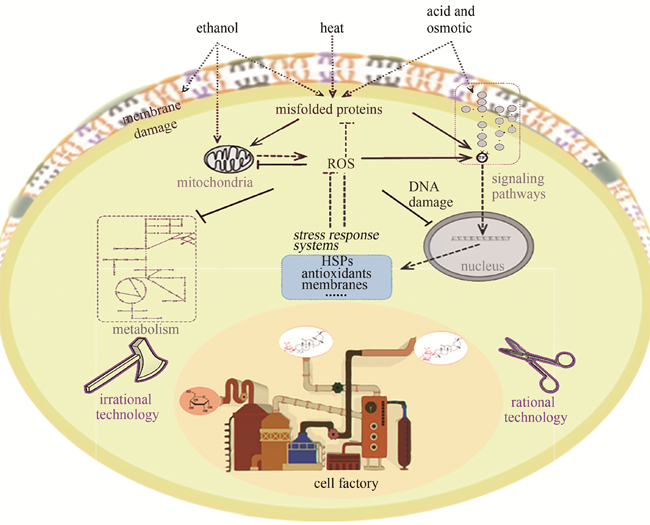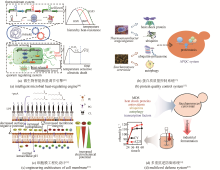|
||
|
Intelligent microbial cell factory with tolerance for green biological manufacturing
Synthetic Biology Journal
2020, 1 (4):
427-439.
DOI: 10.12211/2096-8280.2020-045
The current development model has led to an unsustainable supply of petroleum and global climate change, which present an urgent need for switching the traditional 'take-make-dispose' economy to a renewable one with a reduced carbon footprint by introducing biological systems into the traditional chemical manufacturing to develop green, renewable and safe biological manufacturing. Green biological manufacturing is a new industrial model, and the bio-transformation efficiency is often limited by a series of stresses caused by environmental changes or metabolic imbalance, which lead to the slow growth of cells, decline of production, and increase of energy consumption. All these ultimately make biological manufacturing less competitive economically. How to minimize the impact of stresses on microbial cell factory is of great significance, which creates a new opportunity for building an intelligent microbial cell factory with tolerance under multiple stress conditions for green biological manufacturing. This review not only introduces stress factors and their action mechanism to microbial cell factories in the process of biological manufacturing, but also summarizes commonly used strategies to improve the tolerance of microbial cells, including the random and semirational technologies to improve the self-defense system of cells. With the help of engineering thinking and synthetic biology technology to design and integrate tolerant gene circuits for reprogramming metabolism, in particular the development of intelligent microbial cell factory, stress tolerance can be further improved. It is expected that this review can provide new ideas for the intelligent response and regulation of microbial cells to environmental stresses.

Fig. 3
Random and semirational technologies to engineer microbial cell self-defense systems for stress response[
Other Images/Table from this Article
|



